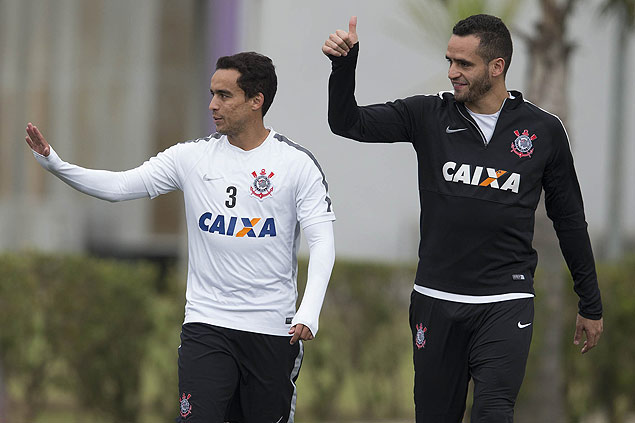Latest Photo Galleries
Brazilian Markets
17h31 Bovespa |
+1,09% | 128.509 |
16h43 Gold |
0,00% | 117 |
17h00 Dollar |
-0,83% | 5,0697 |
16h30 Euro |
+0,49% | 2,65250 |
ADVERTISING
Brazil's Financial Crisis Hurting Technical Quality of Brazilian Football
02/02/2016 - 09h06
Advertising
GUILHERME SETO
VINICIUS PEREIRA
FROM SÃO PAULO
The football transfer market in Brazil is being badly hit by the country's ongoing financial crisis. In terms of spending, the January transfer window was one of the more modest in recent years. This has meant a fall in the technical quality of the clubs.
Clubs have lost players that emerged during the positive phase from 2010 to 2013, when GDP growth was positive, with a high of 7.6% in the first year.
With the transfer window closing across Europe's big leagues between Monday (1) and Tuesday (2), hardly any names of repute were seduced by Brazilian clubs - the exception being the center-back Henrique, who represented Brazil at the 2014 World Cup, who moved from Napoli, in Italy, to Rio's Fluminense.
In 2015, the dollar increased 49% against the real, in the highest increase registered since 2002, exceeding the $1 to R$4 rate at the height of the crisis.
The deterioration of the exchange rate is an indication of the fragility of the Brazilian economy, and this has had a knock-on effect on the country's football clubs.
In recent months, Corinthians has become a perfect example of how Brazilian football is losing players to foreign leagues who had previously returned to Brazil, without having the purchasing power to bring in players of the same level from abroad - and this level has long been short of world class.
Jadson and Renato Augusto - considered the two best players of the Brazilian Série A in 2015 - both signed for Chinese clubs. The weak real means that their monthly wages can be as high as R$2 million (US$ 493,000) when converted, as in the case of Renato Augusto.
Jadson and Renato Augusto are typical examples of the Brazilian player who came home before the crisis: neither is among the cream of the current national crop, like Barcelona's Neymar, or Bayern Munich's Douglas Costa; they have only a handful of caps for the national side (Jadson has eight); and they played for small or mid-level teams in Europe.
Some foreign players, such as Paolo Guerrero, could also be said to be at a similar level - despite Guerrero being a star of the Peruvian national side. Other examples include Vagner Love (who moved from CSKA Moscow to Flamengo, in 2011) and Diego Tardelli (who moved from the Qatari club Al-Gharafa to Atlético-MG in 2013).
In the crisis, these players are being replaced by youngsters from other Brazilian or Latin American sides. Older players, such as São Paulo's Lugano, are also an alternative. Unable to hold on to players even of middling international repute, Brazilian clubs are being forced to rely on youth, veterans and unknowns.
Translated by TOM GATEHOUSE
Read the article in the original language
| Daniel Augusto Jr./Ag. Corinthians | ||
 |
||
| Jadson and Renato Augusto -considered the two best players of the Série A in 2015- both signed for Chinese clubs |



